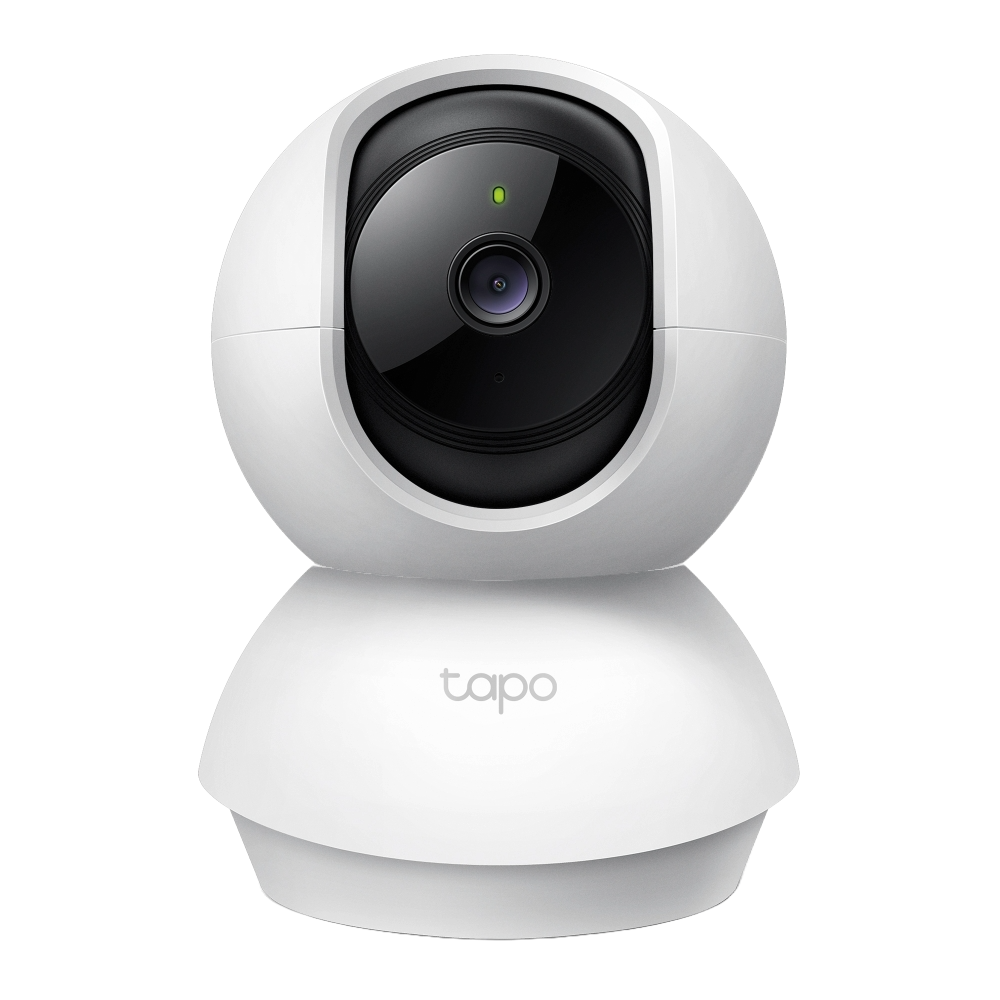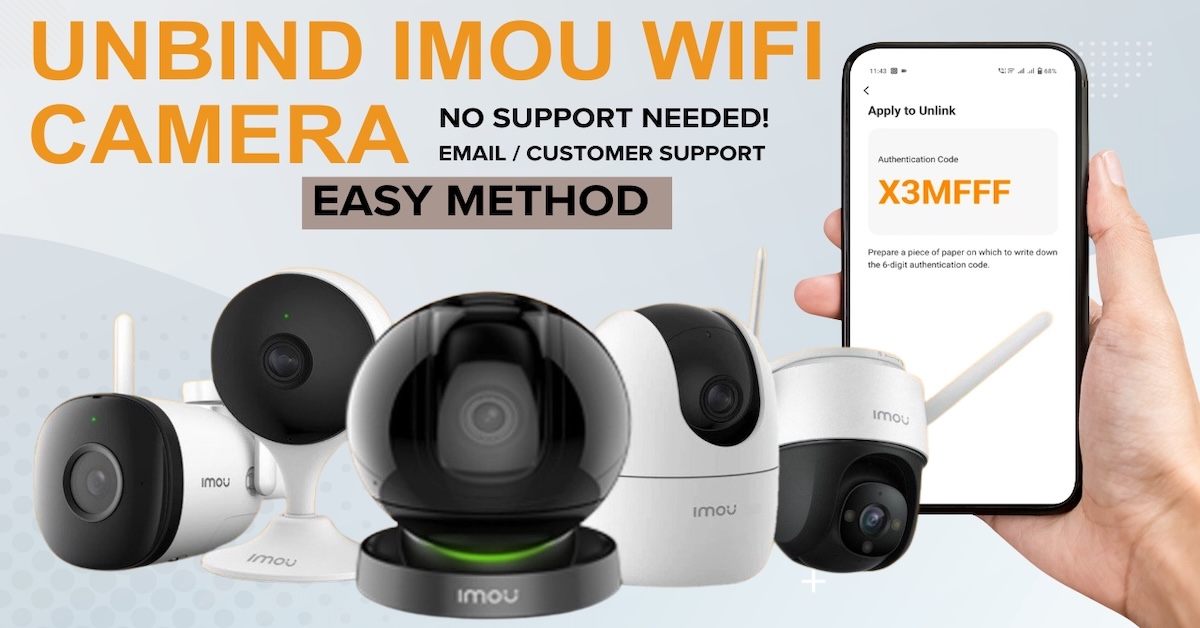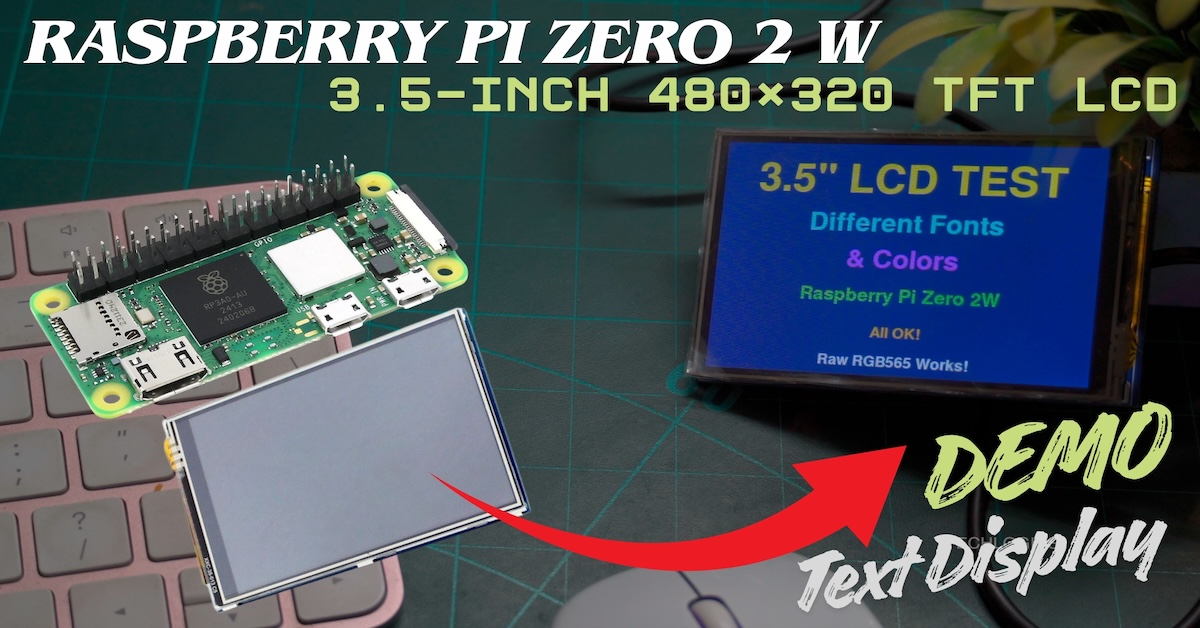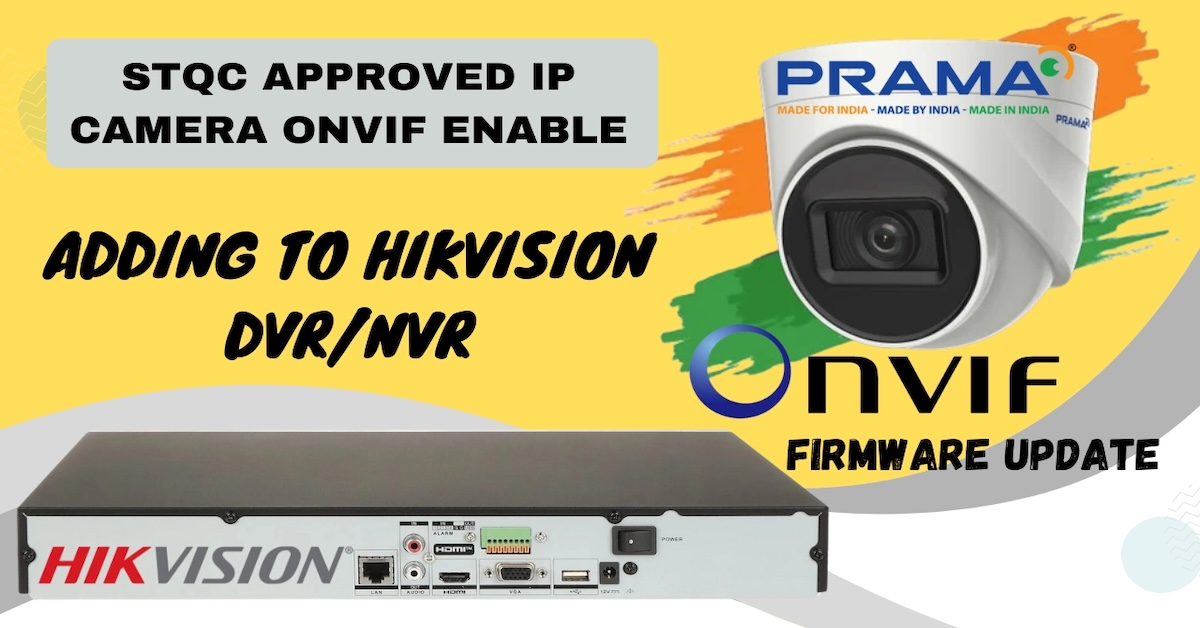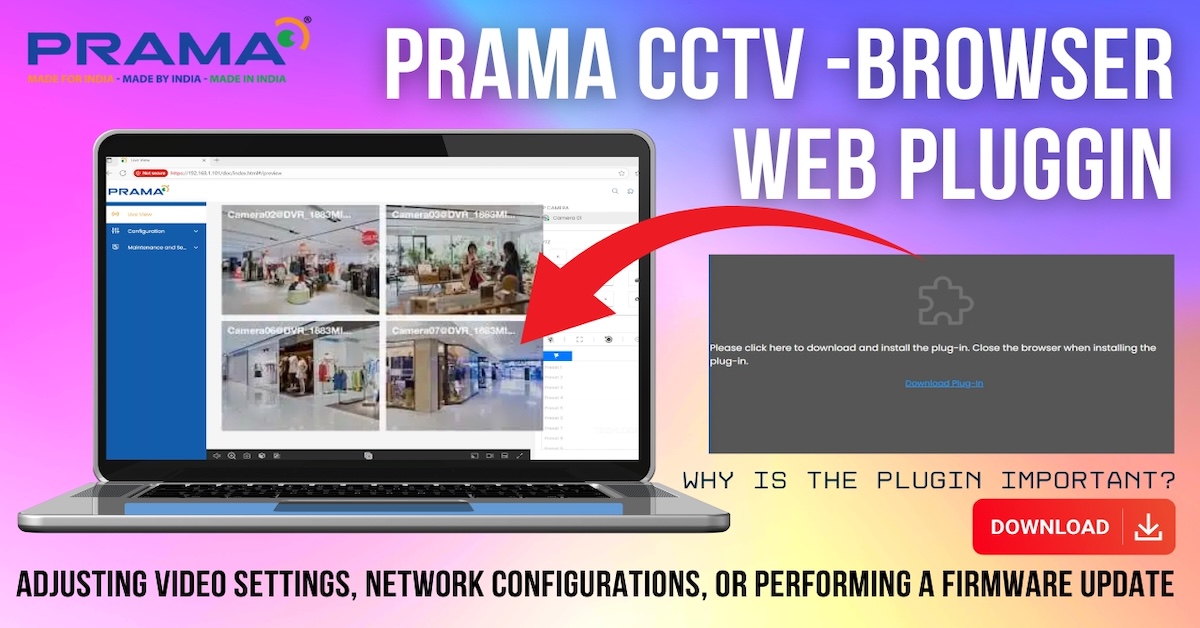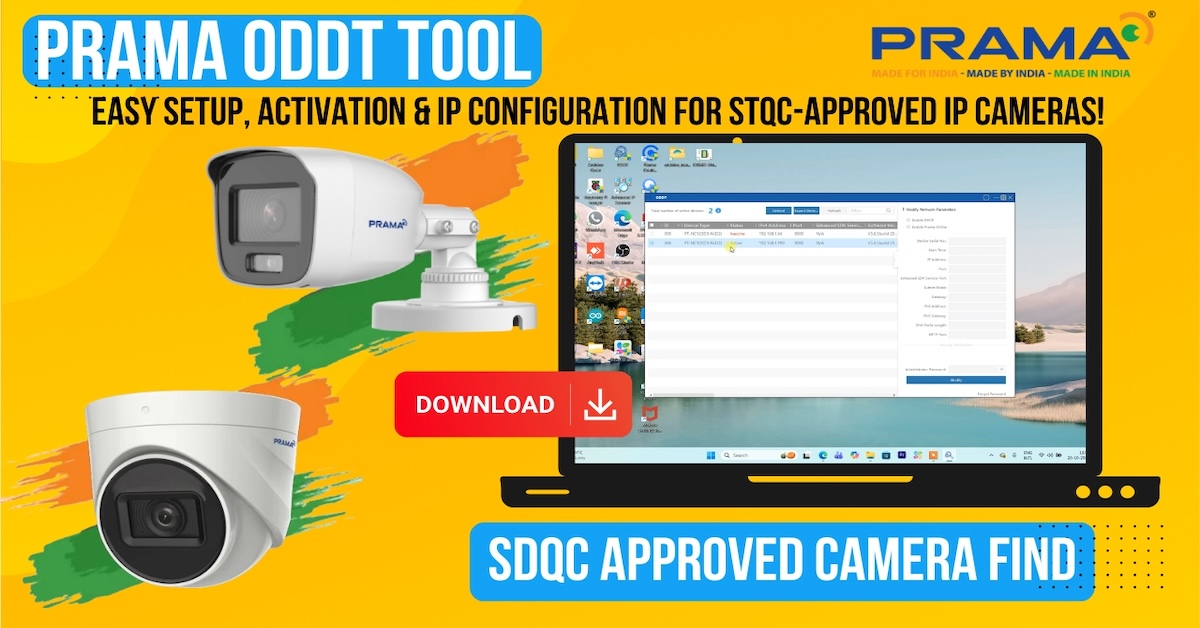In this blog post tutorial, we show you the step-by-step process of adding the V380 Dual Lens PTZ Camera to your WiFi network and the V380 Pro app.
Introducing the V380 Dual Lens WiFi IP PTZ Camera
The V380 Dual Lens WiFi IP PTZ Camera offers crystal clear HD resolution, remote pan, tilt, and zoom capabilities, and dual lens technology for superior monitoring. With one fixed lens for consistent coverage and another that rotates vertically and horizontally, you get comprehensive surveillance. Plus, it features intelligent human detection with auto-tracking to ensure no movement goes unnoticed.
The camera also boasts smart dual light modes with built-in 12 white LEDs and 9 infrared LEDs, supporting full-color mode, infrared mode, and double-light alert mode. It supports SD card and cloud service, with a maximum 128GB SD card for recording and optional cloud storage for added security. Whenever motion is detected, the camera immediately triggers an alarm, sending alerts and push notifications to your device. It is built with a microphone and speaker, enabling users to engage in 2-way audio communication. This camera supports the V380 Pro iOS and Android mobile app, enabling users to access live streams and playback to view recorded footage. The camera will push alert notifications to your cellphone in real-time when it detects movement. You can customize the detection settings according to your preferences. The operational power requirement is DC 12 volts 2 amps.
What’s Included
This camera comes with the following accessories:
- User Manual
- DC 12 Volt 2 Amp Power Adapter
- Camera fixing screws
Buy Online : V380 Dual Lens WiFi PTZ Camera

Setting Up the Camera
- Power Up the Camera: Connect the given DC power adapter to power up the camera. When powering up the camera, you will hear a voice announcement instructing you to connect to the network.
- Camera Interfaces: The camera has three interfaces: one is a LAN connector, the second is a DC input connector, and the third is a reset button.
- Mounting the Camera: Loosen the mounting bracket screw using a screwdriver to adjust the fixing position.

Note: When configuring the WiFi, keep the camera near the internet modem or router to set up the WiFi and mobile app. Afterward, you can place the camera in its desired location.
Installing the V380 Pro App
- Download the App: Download and install the V380 app from the Play Store or the App Store.
- Open the App: Open the app once it’s installed and agree to the terms and conditions.
- Register an Account: If you’re new to the V380 Pro app, you’ll need to register an account. There are two types of registration methods available: email or mobile number. Choose the one that suits you best. For example, select Email registration, choose your region, enter your email address, and verify it by receiving a verification code. Set a password for logging into the V380 Pro app. If you already have a registered V380 account, you can log in directly using your existing credentials.
Adding the Camera to the App
- Read Features: Read all the features on the introduction screen. The app is now ready to add the camera device.
- Network Connection Mode: Before adding, make sure the camera is in network connection mode. If not, reboot the camera or reset it using the reset button. Hold the button for 5-10 seconds to reset.
- Add Device: Click on ‘Add Device’ or the ‘+’ symbol to add the device. The camera scanner will open for scanning the QR code from the camera.
- Allow Location Access: Allow the app to access your location.
- Connect to WiFi: Select your WiFi network, which should be 2.4GHz, and enter the WiFi password. The app will generate a QR code. Show this code to the camera lens with a distance of 10 to 30 cm. The camera will prompt ‘network connected’. Click on ‘I heard network connected’ after the camera voice prompts ‘network connected’.
- Set Password: Set the password for the camera, which will help to connect to ONVIF or RTSP streaming devices or software.
- Device Name: Enter or select your desired device name.
- View Device: Click on ‘View Device’ to view the camera’s live feed.
- Backup QR Code: Ensure the securely backed-up and stored QR code. When you need to configure or modify the network settings of the V380 camera in the future, retrieve the saved QR code data and use it as needed.







Final Setup
- SD Card Storage: Setting up SD card storage and recording settings will be shown in another part of the video series.
- PTZ Control: The V380 camera is now ready to use, with additional features including PTZ control, allowing you to pan and rotate the camera according to your preferences.
- Install Camera: After configuring the WiFi and adding the camera to the app, you can install it in its intended location. The camera is now fully operational, offering live streaming, playback, and PTZ control features accessible from anywhere via mobile data or WiFi internet connections worldwide.
Additional Information
For further clarification or additional information, in another segment of this video series, we offer detailed explanations about storage settings, event alerts, two-way audio, and other configurations.
If you found this video useful, please consider supporting us. Your support helps us create more informative content like this and enables us to continue providing valuable resources to our audience. Whether it’s through liking, sharing, or subscribing to our channel
